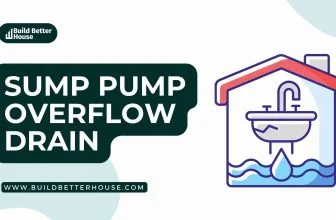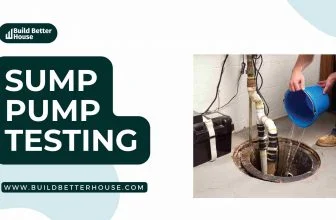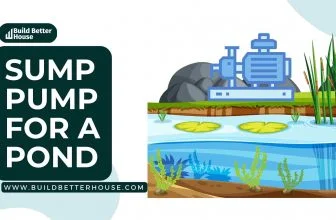How Does a Sump Pump Work: A Clear Explanation
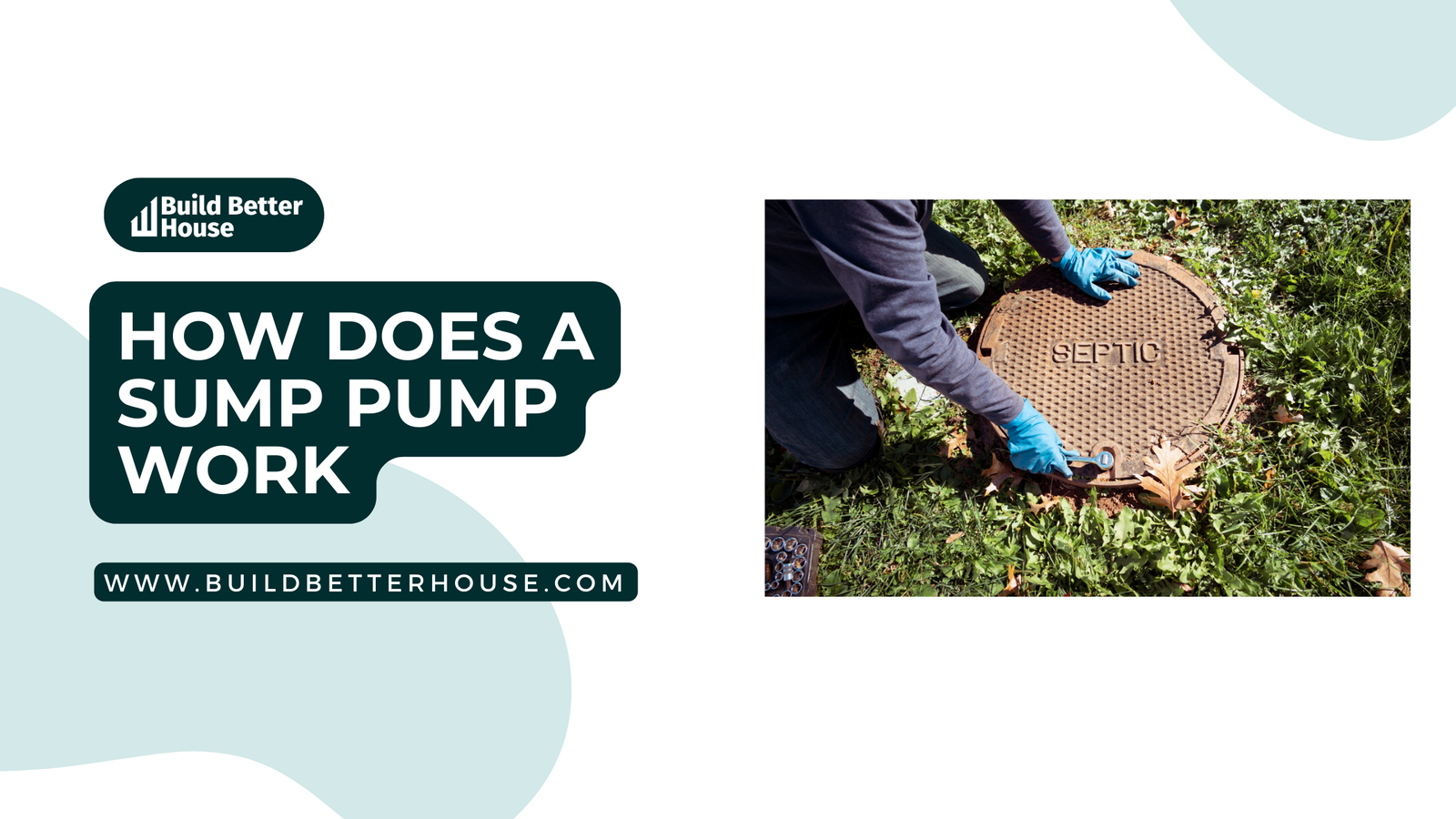
Sump pumps play a crucial role in keeping your home’s basement or crawl space dry, especially during seasons of heavy rainfall or flooding. These small pumps, typically installed in the lowest part of a basement or crawlspace, help direct excess water away from your foundation to prevent possible water damage. Understanding how a sump pump works, the different types available, and factors to consider when choosing one will help you maintain a dry and safe environment in your home.
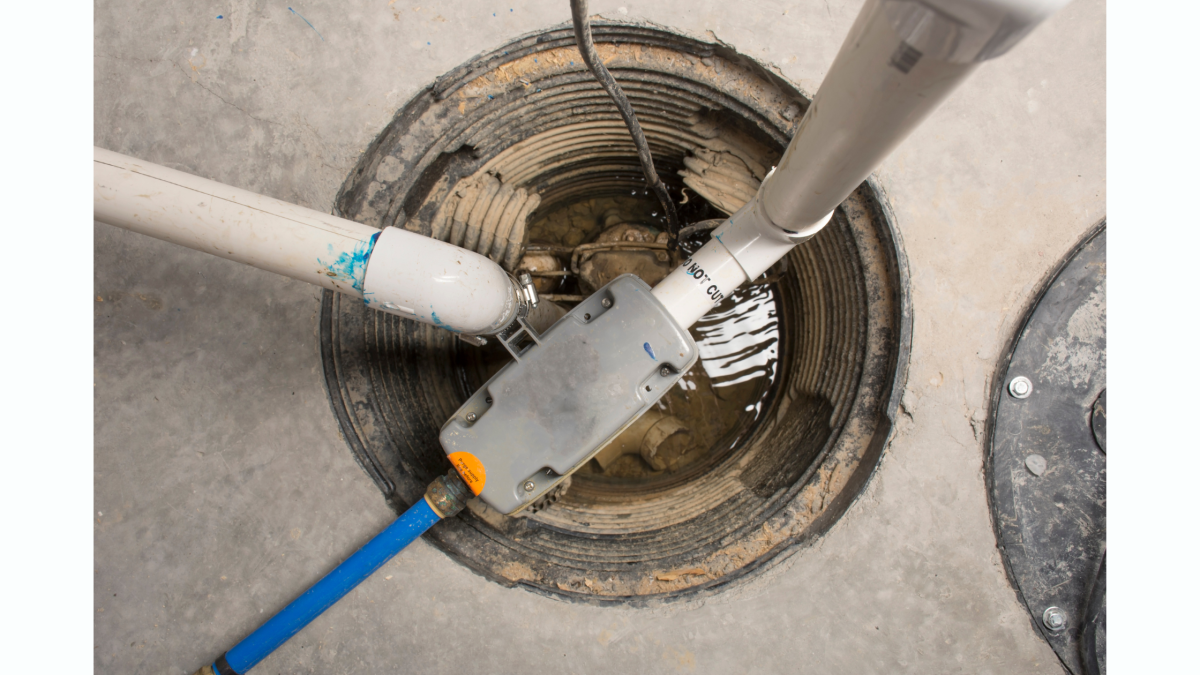
To ensure that rising water levels and pressure do not become unmanageable, a sump pump relies on a switch system. When water levels within the basin rise, the switch activates, turning the pump on and directing water through a discharge pipe and away from your home’s foundation. There are two main types of sump pumps: submersible and pedestal, each with its unique set of advantages and disadvantages.
Key Takeaways
- Sump pumps maintain dry basements and crawlspaces by redirecting excess water
- These pumps utilize switch systems that activate when water levels rise
- Different types of sump pumps cater to specific homeowner needs and preferences
How Does A Sump Pump Work?
A sump pump is a vital device designed to keep your home’s basement or crawlspace dry and free from flooding. To understand how a sump pump works, you need to know its essential components and their functions.
A typical sump pump system comprises a sump basin or pit, the pump itself, a discharge pipe or hose, and a check valve. The sump basin is installed in the lowest part of your basement or crawlspace, where accumulated water from the building’s foundation or groundwater naturally collects.
Usually, there are two types of sump pumps: pedestal and submersible. A pedestal sump pump has the motor mounted on a shaft, while a submersible sump pump has the motor sealed within a waterproof casing. Regardless of the type, both sump pumps operate on a similar principle.
When water accumulates in the sump basin and reaches a pre-set level, the sump pump activates automatically, usually by a float switch. The float switch may operate on a tethered, vertical, or electronic mechanism. Once triggered, the sump pump starts to pump water from the basin through the discharge pipe or hose.
To avoid water flowing back into the sump basin, a check valve is installed on the discharge pipe. This one-way valve allows water to exit the basin but does not allow water to return. The sump pump continues to pump water out of the basin until the water level drops below the float switch threshold, at which point the sump pump turns off.
In summary, a sump pump works by detecting rising water levels in the sump basin and actively pumping water away from your home through a discharge pipe or hose. A check valve ensures water does not flow back into the basin. The consistent operation of a sump pump helps protect your basement or crawlspace from water damage, dampness, and potential flooding.
Types of Sump Pumps
There are several types of sump pumps that you can choose from based on your specific needs. Each type has its own advantages and applications, and understanding the various options will help you make an informed decision.
Submersible Pump: As the name suggests, a submersible pump is designed to be submerged in water. This type of pump is housed in a waterproof casing, which allows it to operate efficiently even when fully immersed. One of the main advantages of a submersible pump is that it runs quieter than other types, as the water surrounding it helps to dampen noise. It is also generally more efficient, making it a suitable option for basements that often experience water accumulation.
Pedestal Pump: Unlike submersible pumps, pedestal pumps have a motor that sits above the water level. They are designed with a long vertical shaft that extends down into the sump pit and connects to an impeller at the bottom. Pedestal pumps are typically less expensive than submersible pumps, but they may be noisier and less efficient. However, they are easier to maintain since the motor is not immersed in water and can be an appropriate option for less frequent water issues.
Backup Sump Pumps: Regardless of the primary sump pump type you choose, having a backup sump pump is highly recommended. These pumps are designed to operate in case your primary pump fails, ensuring that your basement remains dry even during power outages or pump malfunctions. Battery-powered backup sump pumps are a common option, providing an independent power source to keep the pump running when electricity is unavailable.
Water-Powered Sump Pumps: An alternative to battery-powered backup pumps, water-powered sump pumps use your home’s water pressure to move water out of the basement. These pumps operate without the need for electricity or batteries, making them an eco-friendly and cost-effective option. However, they do require a consistent water pressure to function effectively and may not be suitable for all homes.
By considering these different types of sump pumps, you can better determine which one will best meet your needs and help protect your home from water-related issues.
Key Components and Functionality
A sump pump is an essential device that helps to remove accumulated water from a sump pit in the basement or crawl space of your home. They play a vital role in preventing water damage and keeping your home’s foundation intact. Let’s explore the key components and functionality of a sump pump system.
Your sump pump system comprises of the followings: a sump pit, the pump, an impeller, a float switch, a discharge pipe, and a check valve. The sump pit is the hole dug in the lowest part of your basement or crawl space, filled with a gravel base, where water accumulates. Typically, the pit is about 2 feet deep and 18 inches wide.
Sump pumps come in two main types: submersible and pedestal. A submersible pump is designed to function when submerged in water, while a pedestal pump sits above the water level. Both types use an electric motor to provide power.
The float switch is a crucial component that triggers the sump pump when the water level in the pit reaches a certain height. Once activated, the impeller begins to move water from the pit through the discharge pipe. The impeller is a spinning component that creates centrifugal force, pushing the water out and away from your home.
To ensure the water flows only in one direction, a check valve is installed on the discharge pipe. This prevents water from flowing back into the sump pit after the pump shuts off. It’s essential to keep the discharge pipe clear of any debris that could impede the flow of water.
Safety and proper functioning are critical in sump pump systems. To maintain your sump pump, regularly inspect and clean the components. Also, be conscious of the power source, as most sump pumps are electric, ensure they are connected to a reliable power outlet or backup power source in case of power outages.
By understanding these key components and functionality, you can ensure your sump pump system remains efficient in keeping your basement or crawl space dry and free of water damage.
Factors To Consider for Homeowners
When choosing a sump pump system for your home, there are several factors to keep in mind. Understanding these factors will help you make a more informed decision, ensuring the best protection for your home from water damage.
First, consider the type of sump pump that best fits your needs. There are two main types: submersible and pedestal. A submersible pump is placed directly into the sump pit, making it more discreet and quieter, while a pedestal pump has the motor elevated above the pit. Submersible pumps are usually more expensive, but they typically last longer and can handle more debris.
Consider the pumping rates of the sump pump, which determine how much water it can move per hour. Ensure that the pump you choose can handle the amount of water your home might experience during heavy rainfall or storms. If your home is prone to basement moisture or has a high water table, a pump with higher pumping rates might be necessary.
Cast iron construction is preferred for sump pumps, as it provides more durability and dissipates heat more efficiently, prolonging the life of the motor. Speaking of motors, check the horsepower of the pump. Higher horsepower will allow the pump to move water more quickly and from a greater distance.
Since sump pumps rely on electricity to operate, a battery backup system is crucial in case of power outages during storms. This backup pump will kick in to prevent flooding when the primary pump loses power. Additionally, ensure your gutters and downspouts are properly installed to direct water away from your home’s foundation, which can help reduce the workload of your sump pump.
Monitor your home’s humidity levels; if your basement is damp or musty, using a dehumidifier alongside your sump pump can help control basement moisture and make your living space more comfortable. Regularly check your sump pump for debris that could clog the impeller, the device responsible for moving water up and out of the pit. Keeping the impeller free of debris will ensure optimal performance and prolong the pump’s life.
In summary, when selecting a sump pump for your home, consider the type of pump, pumping rates, construction material, motor power, backup options, and preventative measures. By carefully evaluating these factors, you can confidently choose the right sump pump system to protect your basement, storage, and living space from water damage.
Frequently Asked Questions
What is the process of water draining into a sump pit?
Water typically seeps into a sump pit from the soil surrounding the foundation of your home, usually through drains around your home’s foundation. As the water collects in the pit, it triggers a float switch, which activates the sump pump to remove the water and pump it away to keep your home dry.
How often should a sump pump operate?
The frequency of sump pump operation depends on several factors, such as the amount of groundwater, location, and weather conditions. During periods of heavy rain or snowmelt, your sump pump may operate more frequently. It’s essential to ensure your sump pump is in good working order and ready to handle these fluctuations in usage.
What are common sump pump maintenance tasks?
To keep your sump pump in optimal condition, you should perform the following maintenance tasks:
1. Inspect the sump pit and pump regularly for debris and proper function.
2. Clean the pump’s filter screen or inlet.
3. Check the float switch for proper operation and adjust if necessary.
4. Test the sump pump’s operation by pouring water into the sump pit.
5. Inspect and clean the discharge pipe and its valve.
Performing these tasks at least once a year will help maintain your sump pump’s efficiency and prolong its lifespan.
Where does the water go when a sump pump drains it?
When your sump pump removes the water from the sump pit, it pumps it away from your home’s foundation through a discharge pipe. The water is typically directed into a storm drain, dry well, or other designated discharge area to prevent it from causing further issues.
How do I determine if my home needs a sump pump?
If you frequently experience flooding or standing water in your basement or crawl space, it may be a sign that your home can benefit from a sump pump. Homes in areas with high water tables or frequent wet weather conditions are also likely candidates for sump pump installation. Consulting with a professional plumber or contractor experienced in sump pump installation can help you determine if your home requires a sump pump.
What is the typical cost associated with sump pump installation?
The cost of sump pump installation varies depending on factors such as the type of pump, installation requirements, and labor costs. On average, homeowners can expect to pay between $600 and $1,500 for sump pump installation, with more complex projects potentially costing more. It’s recommended to obtain multiple quotes from reputable professionals to determine the best value and service for your specific needs.




